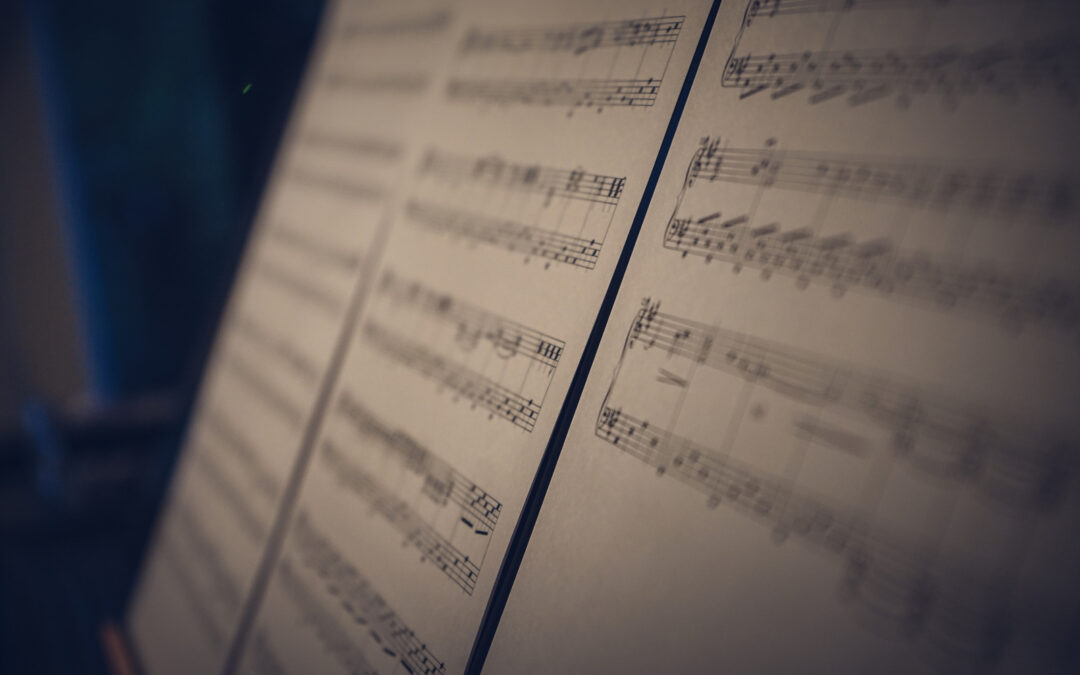Being a piano student, you may find many examples of deceptive cadences in the pieces you play, but seldomly we realize what are they and most importantly, why are there.
Most piano tutors fail to explain the harmonic content of a piece thoroughly, and this can have severe consequences in the decisions of their students. Not to pay attention to the Harmony and consequently, the syntax of a piece, we fail to comprehend the reasons we choose articulations of the way to express it, leaving our decisions to random choices made by instinct, but not by musical reasoning.
That is why Maestro Juan Rezzuto, our Director, has written an article explaining one of the most used but not so much understood devices in music: the deceptive cadences.
Firstly, we have to make a crucial difference between the two concepts that despite the fact of being interrelated, they are not the same:
Deceptive resolutions and Deceptive cadences.
https://www.piano-composer-teacher-london.co.uk/post/deceptive-cadence
Let’s start with deceptive resolutions. Mtro. Rezzuto says in his article:
“The deceptive resolution does not produce a sense of interruption in a way in which we can confirm a deceptive cadence. […] the lack of any interpolated material that can procrastinate the closure of the phrase.”
The deceptive cadence, on the other hand “, is a segment of music starting from the deceptive cadence onwards which opens a new function or contains different material to the cadence itself.”
Also, we should expect the definite cadence immediately after the deceptive cadence, such in the case of an authentic cadence.
We can find many examples in musical literature. From the Baroque period to the later Romantic, many composers have chosen this device, mainly to extend the form, delaying the final cadence.
To know the difference between both will help us to consider diverse ways of performing the pieces we dearly love. To read the full article, click on the link aforementioned and start learning all about these cadences.

